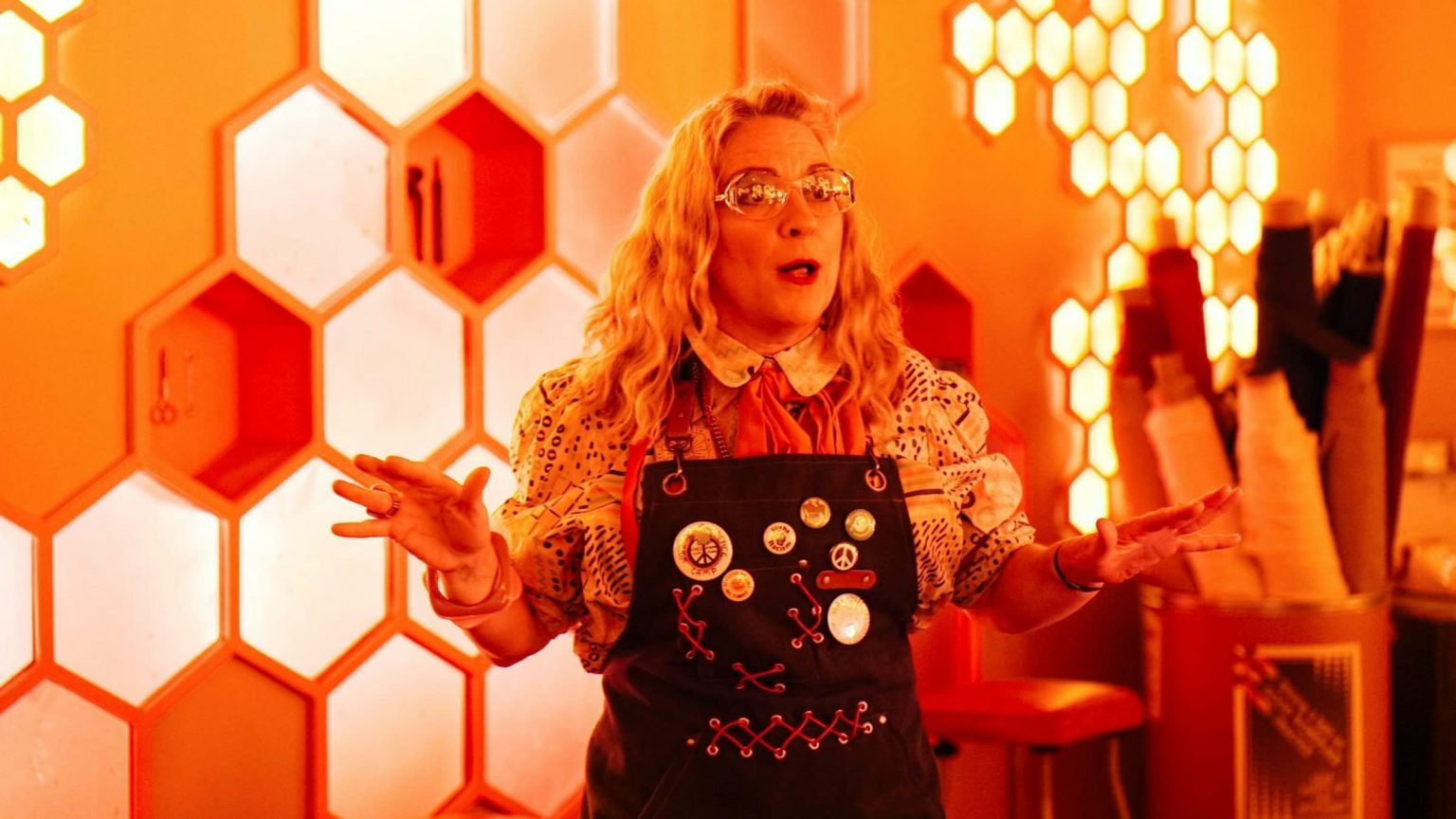Storehouse: An Immersive Misinformation Maze Loses Its Way
The Almeida Theatre’s latest offering, "Storehouse," plunges audiences into a world rife with misinformation, aiming to dissect the pervasive nature of fake news and its corrosive effects on trust and reality. Conceived by the innovative theatre company, Imitating the Dog, the production leverages cutting-edge technology, including virtual reality (VR) headsets and augmented reality (AR) elements, to create an immersive theatrical experience that simulates the overwhelming deluge of information in the digital age. While "Storehouse" certainly succeeds in creating a captivating and technologically impressive spectacle, its ambition ultimately outpaces its execution, leaving viewers more disoriented than enlightened.
The play begins with the audience members donning VR headsets, transforming the familiar theatre space into a chaotic digital landscape. Bombardment with fragmented images, distorted voices, and conflicting narratives ensues, mirroring the relentless onslaught of information we face daily. As the virtual environment shifts and morphs, the lines between reality and fabrication blur, generating an unsettling sense of disorientation that effectively captures the experience of navigating the treacherous waters of online information. This initial foray into immersive technology is both thrilling and unnerving, successfully conveying the overwhelming and manipulative potential of misinformation.
However, as "Storehouse" progresses, this initial impact dissipates. The narrative, which revolves around a group of individuals grappling with the consequences of online disinformation, becomes increasingly fragmented and difficult to follow. The characters remain underdeveloped, their motivations unclear, making it challenging to connect with their struggles. The piece attempts to touch on a range of complex themes, from political manipulation to the erosion of personal privacy, but these weighty subjects are explored only superficially. The narrative jumps erratically between virtual and real-world experiences, further compounding the sense of disorientation and ultimately obscuring the very themes the production seeks to illuminate.
The use of AR technology, intended to augment the theatrical experience, also falls somewhat short. Projected images and interactive elements are incorporated throughout the performance, but they often feel disjointed and fail to meaningfully enhance the narrative. In several instances, the technical complexities appear to overshadow the dramatic core of the piece, diverting attention from the characters and their predicament. While the technology employed is undeniably impressive, its integration into the dramatic structure feels clunky and often detracts from the overall coherence of the production.
"Storehouse" is at its most effective when it focuses on the visceral experience of information overload. The initial plunge into the VR environment vividly conveys the anxiety and confusion generated by the constant barrage of online content. The sense of disorientation and manipulation is palpable, offering a powerful glimpse into the psychological impact of living in a post-truth era. However, this initial impact is gradually undermined by the narrative’s lack of clarity and the disjointed use of AR elements.
Ultimately, "Storehouse" represents a missed opportunity. Its ambitious concept and innovative use of immersive technology hold immense potential, but the production fails to translate this potential into a cohesive and impactful theatrical experience. The fragmented narrative, underdeveloped characters, and ultimately distracting integration of AR technology prevent the piece from achieving its intended goal of providing a critical examination of misinformation. While "Storehouse" offers a visually stimulating and technologically impressive spectacle, its muddled narrative ultimately leaves the audience feeling more bewildered than enlightened. The experience, while undeniably engaging on a sensory level, leaves a sense of unfulfilled promise, a testament to the challenges of effectively integrating cutting-edge technology with compelling storytelling. The production highlights the growing pains of incorporating such technologies into theatrical narratives, raising questions about how to best harness their power without sacrificing narrative coherence and emotional resonance. While "Storehouse" may not fully realize its ambitious vision, it serves as a valuable experiment in the evolving landscape of immersive theatre and offers insightful glimpses into the potential and pitfalls of blending technology with traditional storytelling.


